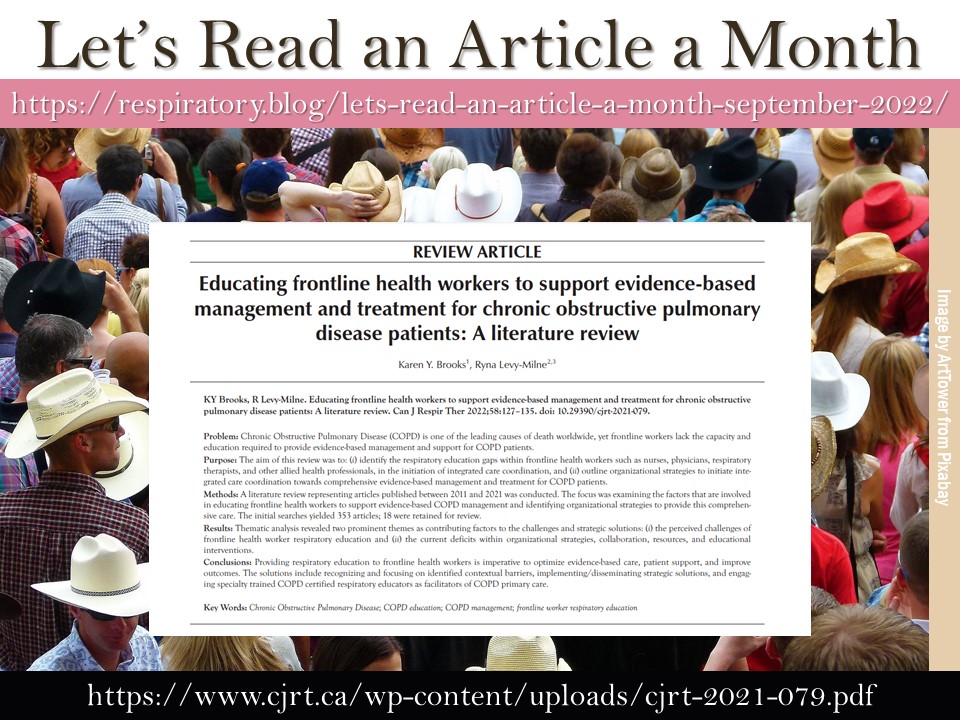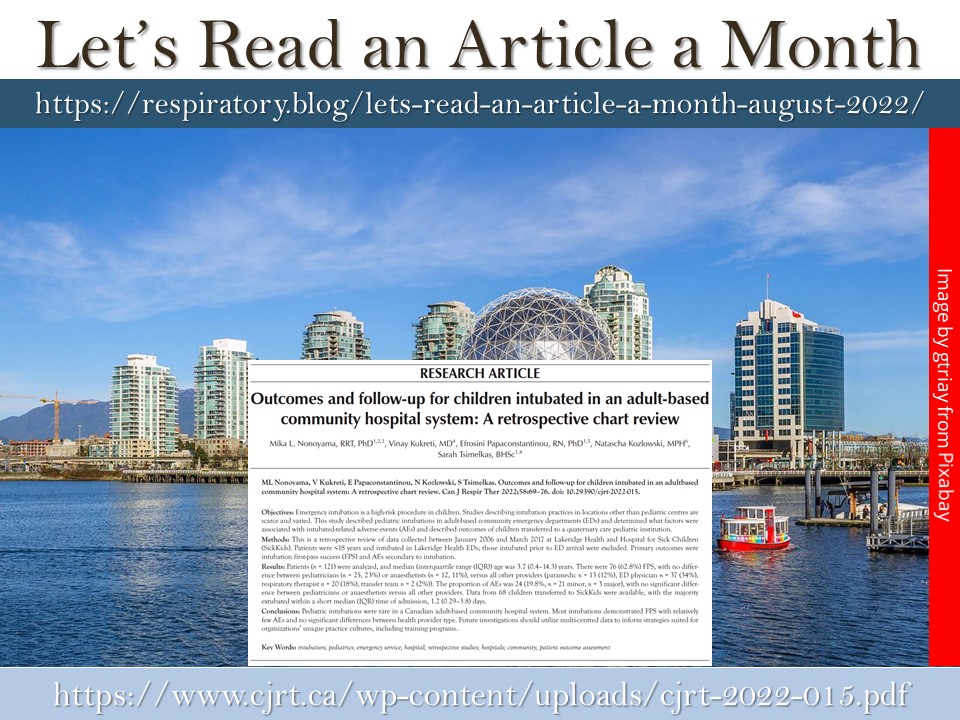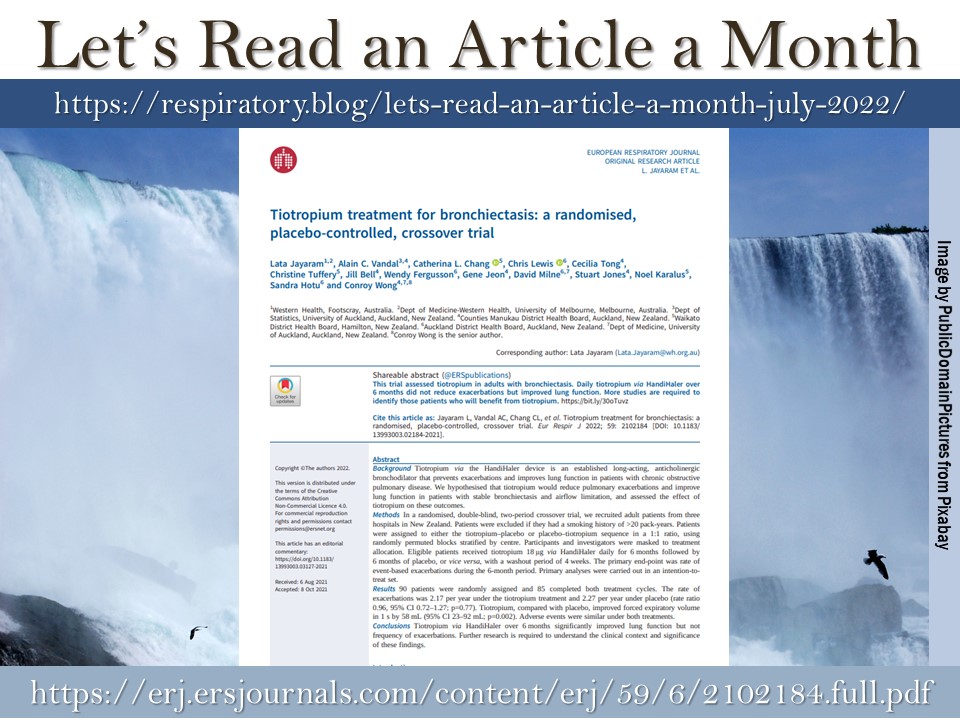
My respiratory therapy (RT) week tradition is to sit back, reflect, and thank those who have positively impacted my life and career over the past twelve months.
Please forgive me if I have missed your name in this blog post.
I have the opportunity to work, volunteer and take a moment to write this note because of the support of my fantastic wife, Jessica. She is a strong woman who has done an incredible job raising our daughter. Thank you Sophia for being a good girl and making good choices ( any Brene Brown fans here who get this reference? 🙂 ). Thank you, Sherry, my mother, for continuing to share your love and energy with my family despite everything you have gone through over the past two years.
John Meloche of Melotel Inc., I appreciate your sponsorship and support of my online presence.
Carolyn McCoy, Andrew West, Gino De Pinto, Kelly Hassall, Sue Jones, Andrea White-Markham, Julia Infantino, Sheery Tse, Jody S. , Anna E, Sam G. , Mieke F. , Julie Brown, Dr. Mika N. , Bernie Ho, Carolyn G. , Ronald Chan, Dr Y. Shukla, Dr D. Dancey, Sarah Dawe, Rosa Grande, Monique V.H., and Dr Effie. Thank you all for your support.
Thank you to the followers of this blog who continue to support and motivate me.
Thank you
Farzad
Oct. 29th , 2022
www.respiratory.blog/RTweek2022/



